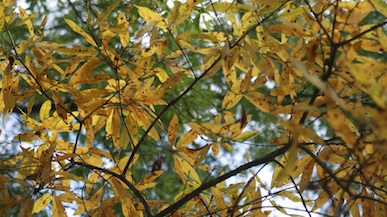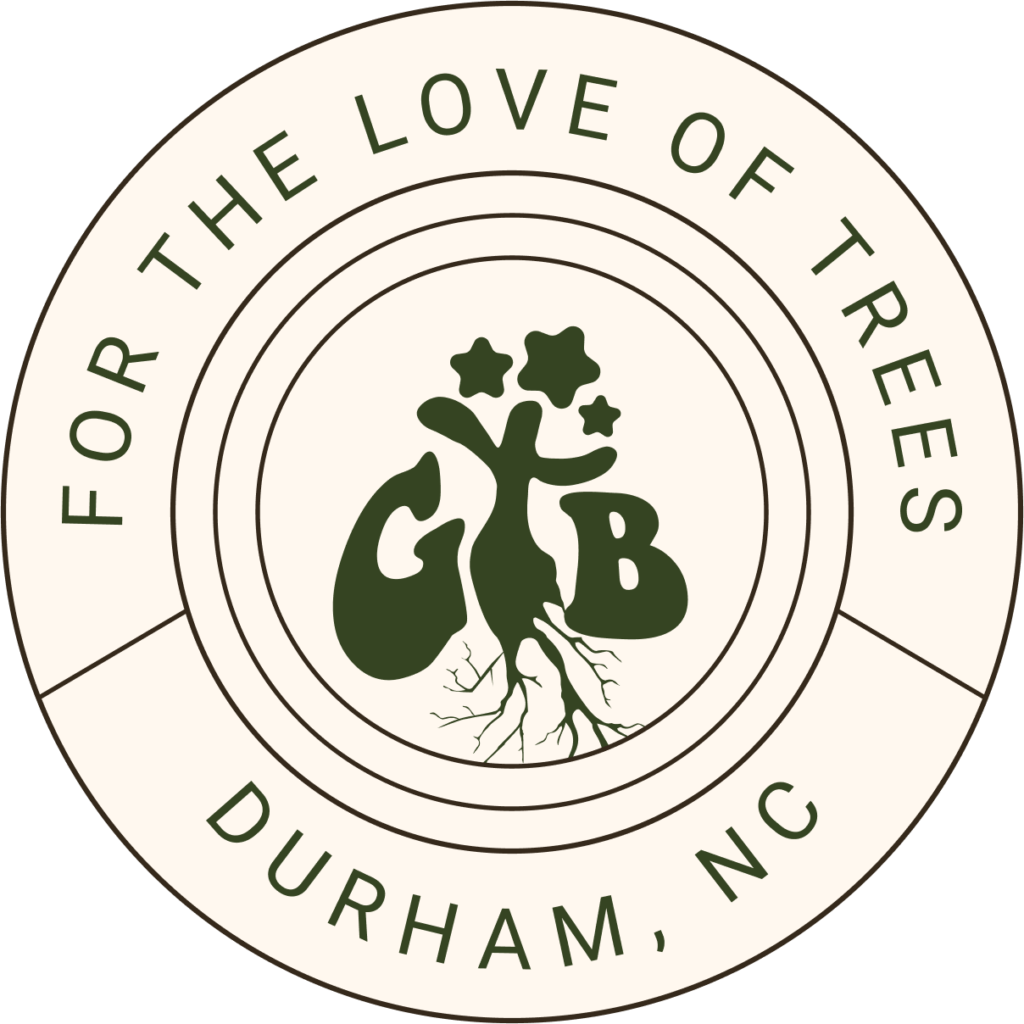 The best time to prune your trees is during the late Fall and winter. At Grateful Trees & Bees, we believe that, as with human surgical procedures, it’s always best to cut tree limbs after the anesthesiologist has had a chance to put the patient to sleep.
The best time to prune your trees is during the late Fall and winter. At Grateful Trees & Bees, we believe that, as with human surgical procedures, it’s always best to cut tree limbs after the anesthesiologist has had a chance to put the patient to sleep.
Yes, it’s true. Bears aren’t the only winter sleepers. Trees also take a yearly siesta. It’s called dormancy. Here in the Piedmont of North Carolina as we move through Fall and begin to feel the temperatures drop and the daylight hours dwindle, our broad leaf hardwoods hibernate. Even the evergreens slow their growth.
Trees entering dormancy are very easy to distinguish. All of those marvelous autumn leaf colors — the jewels of red, yellow and orange — are created as leaves lose their ability to produce energy through photosynthesis. The flow of water and sugars up and down the bole, or trunk, of the tree slows and then halts; and the deep sleep begins.
There are many different types of tree pruning practices that can occur during the winter months. These include Structural Pruning, Crown Cleaning & Thinning, Crown Raising, Crown Reduction and Vista Pruning. Each type of pruning involves specific techniques depending on the size, age and species of tree. A Certified Arborist can determine which type of pruning would best contribute to the overall health of your trees.
© 2013, Grateful Trees & Bees.

